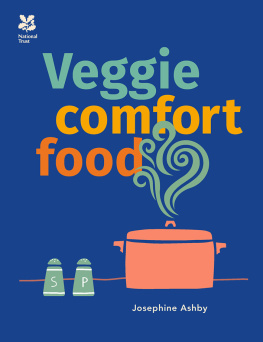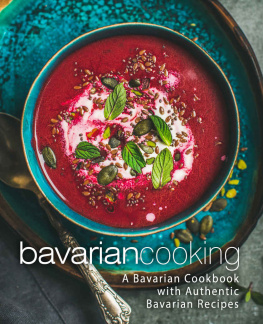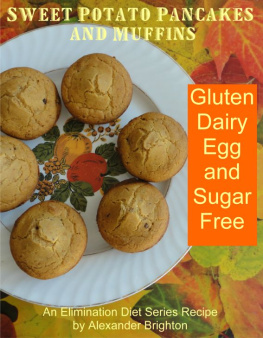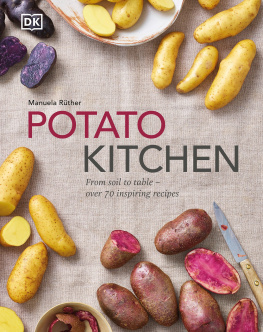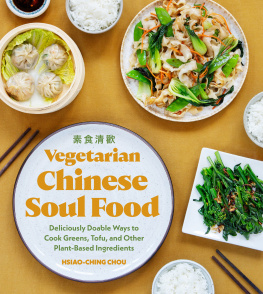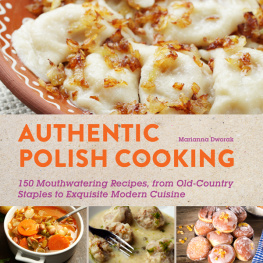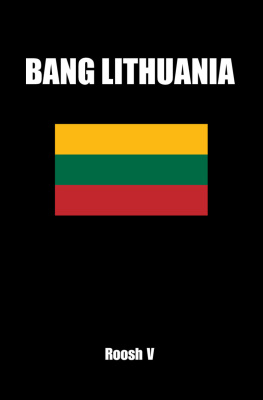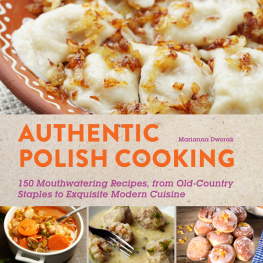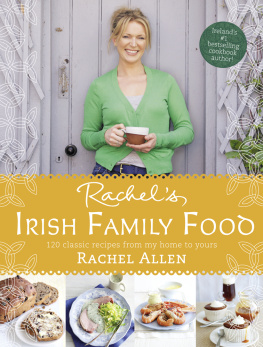Lithuania is a country located in North-Eastern Europe, andits culinary traditions evolved over centuries to adapt to the climate,geographical surroundings, and historical events.
In the past, food was specially preserved to last over longwinters, thus cured meats, pickled vegetables, dried mushrooms and berries havea strong tradition in the countrys cooking. There are also quite a fewseasonal summer dishes, such as cold summer soup or fresh zucchini pancakes.
Over centuries, Lithuanian kitchen has also been influencedby the neighbouring (and sometimes geographically distant) countries. Thecuisine has much in common with Eastern and Central European cooking especiallyPolish, Ukrainian, Russian, and Ashkenazi Jewish. This influence is most seenin dishes such as stuffed dumplings (Lithuanian Koldnai - similar toPolish Pierogi), pancakes (Blynai), cabbage rolls (Balandliai),ground meat cutlets (Kotletai) and others. Strong culinary input also camefrom Germany, introducing sauer kraut, potato casserole (Kugelis or Ploktainis),potato sausages (Vdarai), and tree cake (akotis). It is thought thatthe national dish of Lithuania, potato zeppelins (Cepelinai), also has itsroots in Germany. Another important contribution comes from Scandinaviancooking, bringing along many recipes for herring, cold cuts, and salads.Probably the most unexpected influence hails from Karaite ethnic minority, theroots of which date as far back as the 14th century. The mostnotable Karaite dish, meat pies (Kibinai), has found a firm place in the hallof fame of Lithuanian recipes.
Notwithstanding, there are also many home-grown, uniquerecipes, such as roasted suckling pig, carp fish stuffed with hazelnuts, andothers, which date centuries back and are well appreciated by foodconnoisseurs. Lithuanian kitchen continues to evolve to this day - asglobalization takes place, unique fusion recipes emerge and are lovinglyadopted by new generations.
Ingredients
Most Lithuanian recipes call for simple, staple ingredientsthat can be found in any supermarket or grocery store. Others are usuallyavailable in most Eastern European ethnic food stores or are easy to substitutewith similar products.
Meat. The most frequently used meat is pork. Chicken,beef, veal, rabbit, duck, goose, turkey, lamb, venison, and wild boar are alsofind in many recipes. Meat is consumed grilled, fried, boiled, and often mincedas part of more complex recipes. Smoked meat products (ham, sausages) are verycommon as snacks or in sandwiches. Lard, which centuries or decades ago used tobe the major medium for cooking and frying, now is largely replaced by healthierchoices such as vegetable oil, though traditional cooking enthusiasts stillprefer lard for its flavour.
Dairy. Dairy products are very important inLithuanian cuisine. Sour cream deserves a special mention, as it is a must-havecondiment with virtually every meal. A large number of cheeses are alsoconsumed, and curd cheese is a popular ingredient in both sweet and savourydishes. A variety of fermented milk products (yogurt, buttermilk) are availableas well.
Vegetables. The key staple in Lithuanian recipes is potatoes.They are served not only as a side dish, but also as the main ingredient in anastounding variety of potato dishes. Other common vegetables are cucumbers,tomatoes, cabbages, onions, carrots, beets, radishes, beans, cauliflowers,peas, zucchinis. Pickled vegetables are quite common as well. Dill pickles and theLithuanian equivalent of sauer kraut probably top the list.
Bread. Dense dark rye bread is the most notable amongLithuanian baked goods, and is known for its hearty taste. It is oftenflavoured with caraway seeds. Whole wheat bread is also popular, so is whitebread. White flour pastries are abundant, and they are usually regarded assnacks, deserts or breakfast items.
Fish. Herring is likely the most commonly consumedfish. It is usually eaten salted or pickled, less often baked or fried. Other localfish, such as pike, perch, carp, catfish, trout, cod are often fried or baked whole.Smoked sea fish such as eel, mackerel, and flounder are popular, especially incoastal towns near the Baltic Sea. Crawfish are also occasionally consumed.
Mushrooms. A hallmark of Lithuanian cuisine is its extensiveuse of mushrooms. The most valued species is Boletus (also known as porcinimushrooms), often dubbed as King of Mushrooms in Lithuanian folklore. Driedporcini and are often used in soups and gravies as savoury flavouring. Anotherpopular mushrooms species is chanterelles.
Fruits & Berries. Locally grown apples, plums, cherries,and pears are the most popular fruits. Berries such as strawberries, raspberries,gooseberries, blueberries and black currants are widely available. Bilberries,lingonberries, and cranberries are the most sought-after wild berries. Freshfruits and berries are used in making fruit drinks, as well as preserves.Preserves and dried fruit are popular during the winter season.
Spices & Herbs. Lithuanian food is relativelymild, often salt and pepper being the primary seasoning in many dishes.Commonly used herbs are dill, parsley, coriander, thyme, basil, rosemary,oregano, caraway seeds, bay leafs, juniper berries, and mint.
Kitchen Tools
Kitchen tools used in preparing Lithuanian food are similarto the ones used in other European cooking. You will simply need a stove, oven,pots & pans, a set of good knifes, and other routine kitchen utensils.
One particular tool worth mentioning is a potato grater. Itis the fine prickly side of your box grater and it is the key utensil inpreparing such traditional dishes as potato zeppelins (Cepelinai), potatocasserole (Kugelis), and potato pancakes (Bulviniai blynai).
Manually grating potatoes with the potato grater is not aneasy task ask anyone who grated several pounds of potatoes with it. That iswhy most Lithuanian households own an electric potato grater - an instrumentspecialized just for this task and able to grate a potato in a couple of seconds.I highly recommend purchasing one to those who wish to seriously exploreLithuanian cooking. Youcan learn more about it here.
Recipes
The recipes were adapted with the grocery selection of aWestern supermarket in mind. Many of the ingredients in Lithuanian recipes arethe same or very similar to products used by other European countries, whilesome may be quite specific. With the emergence of ethnic grocery stores andsupermarket ethnic aisles, they may still be possible to find in your area.Otherwise, use the nearest substitutes as indicated in these recipes (forinstance, curd cheese can be substituted with cottage or ricotta cheese).


